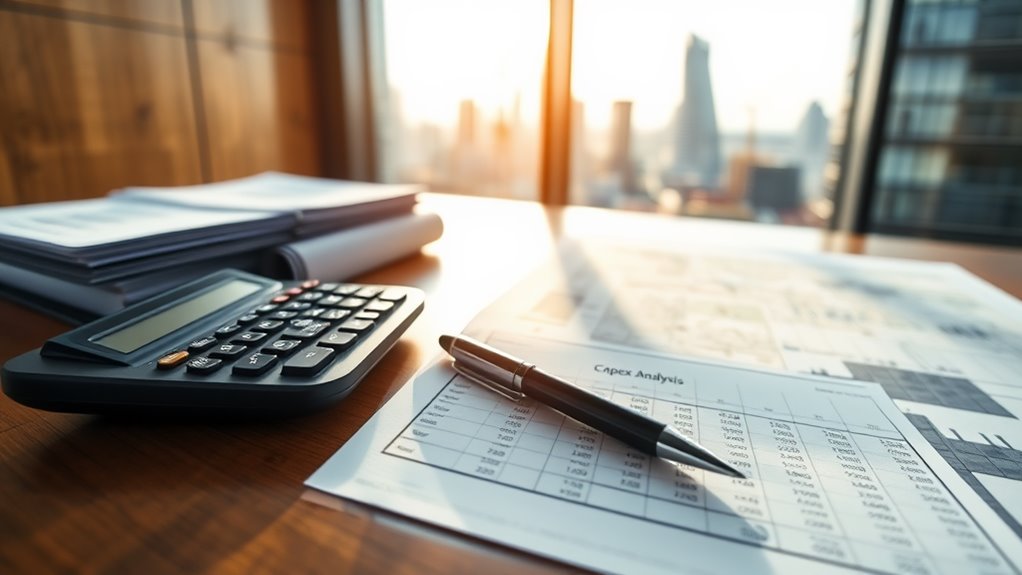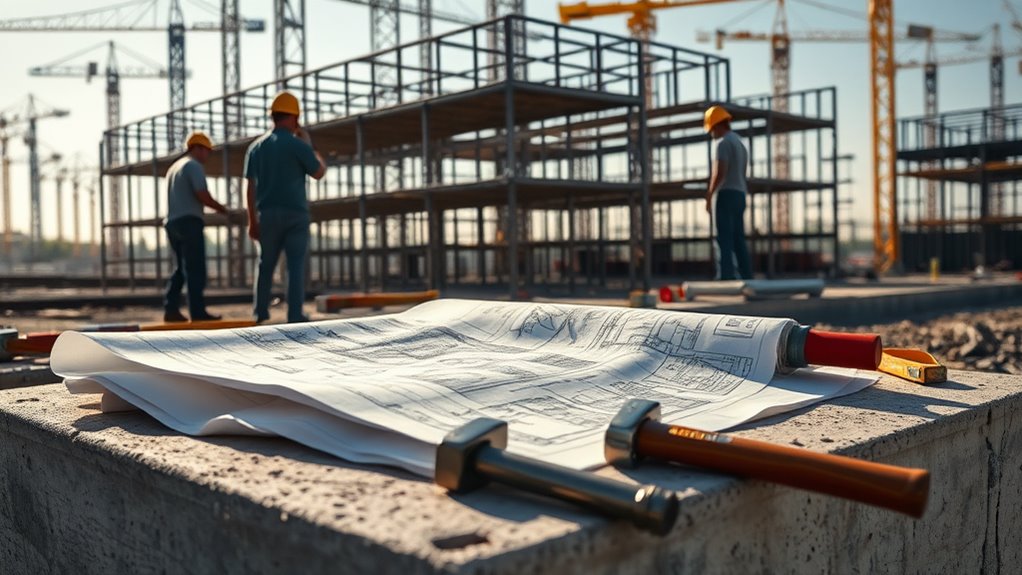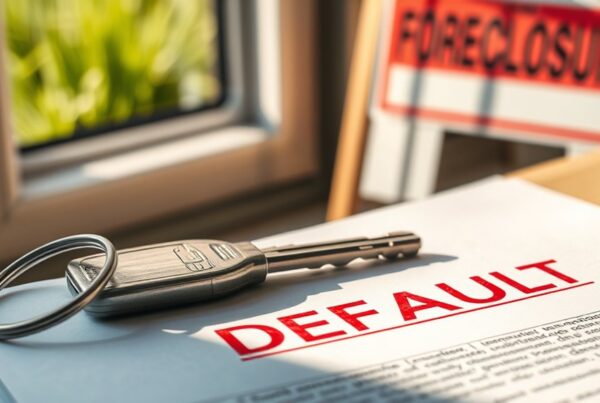Capital expenditures (CapEx) in real estate are funds you allocate for acquiring, upgrading, or maintaining long-term assets like roofs, HVAC systems, or renovations. These investments enhance property value, increase rental income, and reduce operational costs over time. Unlike operational expenses, CapEx is capitalized on the balance sheet and depreciated over its useful life. Properly managing CapEx guarantees long-term financial health and maximizes ROI. Understanding its strategic and tax implications can further optimize your real estate investments.
Key Takeaways
- CapEx refers to funds used for acquiring, upgrading, or maintaining long-term real estate assets like roofs or HVAC systems.
- It enhances property value, increases rental income, and reduces long-term operational costs.
- CapEx is capitalized on the balance sheet and depreciated over its useful life.
- Common examples include roof replacements, HVAC installations, and infrastructure upgrades.
- Proper CapEx budgeting ensures long-term financial health and property sustainability.
Understanding What CapEx in Real Estate Means
When managing real estate investments, understanding capital expenditures (CapEx) is essential as they directly impact a property’s long-term value and financial performance. Capital expenditures refer to funds allocated for acquiring, upgrading, or maintaining long-term assets like buildings, equipment, or infrastructure. These investments must have a useful life exceeding one year and are capitalized on the balance sheet rather than expensed immediately. Examples include replacing a roof, installing a new HVAC system, or renovating a property to enhance its marketability. Properly accounting for CapEx guarantees accurate financial reporting and maximizes tax benefits through depreciation. Strategic CapEx planning in property management helps maintain competitiveness, increase rental income, and reduce long-term operational costs. Kitchen and bathroom renovations, which typically yield a 50% to 80% return on investment, are prime examples of strategic CapEx that enhance property value. By prioritizing these expenditures, you’ll safeguard your real estate investment’s value and confirm it remains attractive to tenants or buyers, ultimately driving sustainable returns.
Key Differences Between CapEx and OpEx
You classify CapEx as long-term asset investments recorded on the balance sheet, while OpEx is treated as immediate operational expenses on the income statement. The financial impact of CapEx enhances property value and extends its useful life, whereas OpEx reduces Net Operating Income (NOI) by covering ongoing maintenance costs. Tax treatment differs as CapEx is depreciated over time, providing long-term deductions, while OpEx is fully deductible in the year incurred.
Expense Classification
Understanding the distinction between CapEx and OpEx is critical for effective financial management in real estate. Capital Expenses (CapEx) refer to significant, long-term investments that enhance property value or extend its lifespan, such as roof replacements or HVAC system upgrades. These costs are capitalized on the balance sheet and depreciated over time. Operating expenses (OpEx), on the other hand, cover routine, day-to-day costs like maintenance costs, property taxes, and staff payroll, which are expensed immediately on the income statement. While CapEx isn’t included in Net Operating Income (NOI) calculations, OpEx directly reduces NOI. Properly classifying these expenses guarantees accurate financial reporting and helps you allocate resources efficiently, balancing immediate operational needs with long-term property enhancements.
Financial Impact
The financial impact of CapEx and OpEx manifests in distinct ways, shaping both short-term cash flow and long-term asset value. Capital Expenditures (CapEx) represent significant investments in property improvements, enhancing asset value and operational efficiency over time. These expenditures are capitalized on the balance sheet and depreciated, minimizing their immediate effect on profitability while boosting long-term returns. Conversely, Operating Expenditures (OpEx) cover routine costs like maintenance and utilities, expensed immediately on the income statement. This reduces Net Operating Income (NOI) but guarantees day-to-day functionality. CapEx often requires substantial upfront funding, impacting liquidity, while OpEx involves smaller, recurring outflows. Understanding these differences helps you balance immediate financial obligations with strategic investments, optimizing both cash flow and asset performance in real estate.
Tax Treatment
When managing real estate investments, distinguishing between CapEx and OpEx is essential for effective tax planning. CapEx, such as property improvements with a useful life exceeding one year, is capitalized on the balance sheet and depreciated over time, reducing taxable income gradually. Conversely, OpEx, like routine maintenance, is fully tax deductible in the year it’s incurred, directly lowering taxable income on the income statement. The Internal Revenue Service (IRS) provides specific guidelines to classify expenses and allows for accelerated tax benefits through bonus depreciation or Section 179 deductions for certain CapEx. A skilled CPA can leverage cost segregation studies to further optimize tax savings by accelerating depreciation on eligible property improvements.
- CapEx: Depreciated over the asset’s useful life; impacts taxes over multiple years.
- OpEx: Fully deductible in the year incurred; reduces taxable income immediately.
- IRS Rules: Classifies expenses based on useful life and purpose, ensuring proper tax treatment.
Common Examples of CapEx in Real Estate
Replacing a building’s roof represents a significant CapEx investment, often requiring tens of thousands of dollars due to the scale and long-term benefits. This type of capital improvement not only enhances property values but also guarantees durability and reduces future maintenance costs. Installing a new HVAC system is another major CapEx example, as it boosts energy efficiency and provides a long-term impact on operational savings. Upgrading plumbing or electrical systems extends the building’s lifespan, making it a critical investment in infrastructure. Implementing building automation systems, such as smart thermostats or advanced security, increases property functionality and appeal, aligning with modern tenant expectations. Constructing a new parking lot or driveway also qualifies as CapEx, as it improves accessibility and usability while enhancing overall property value. These expenditures are essential for maintaining and elevating a property’s competitive edge in the real estate market.
How to Calculate Capital Expenditures

To calculate capital expenditures effectively, you’ll need to analyze changes in PP&E and factor in depreciation from the current period. The formula for CapEx is: CapEx = PP&E (current period) – PP&E (previous period) + Depreciation (current period). This calculation reflects the actual cash spent on long-term assets by accounting for changes in Property, Plant, and Equipment balances and adding non-cash depreciation expenses. For example, if PP&E increases by $100,000 and depreciation is $20,000, CapEx equals $120,000. This method guarantees accurate tracking of investments in fixed assets and provides insight into financial health. Understanding capitalization rate can further enhance your analysis by evaluating the property’s potential return on investment.
Key steps to calculate CapEx:
- Gather PP&E values: Compare the current and previous period’s PP&E from the balance sheet.
- Identify depreciation: Locate depreciation expense in the income statement for the current period.
- Apply the formula: Subtract the previous PP&E from the current PP&E, then add depreciation.
Precision in this process guarantees reliable CapEx figures for strategic decision-making.
Importance of CapEx in Property Management
Understanding how to calculate capital expenditures provides the foundation for recognizing their significance in property management. As a property manager, you rely on CapEx to maintain and enhance the physical and financial health of your assets. By funding essential upgrades like HVAC systems and roofing replacements, CapEx guarantees your property retains its long-term value and remains competitive in the market. Strategic investments, such as energy-efficient technologies, not only reduce operational costs but also align with sustainability goals. Additionally, CapEx improves tenant satisfaction by addressing maintenance needs and modernizing facilities, which boosts retention rates. Accurate forecasting of capital expenditures allows you to align these investments with cash flow, preventing financial strain and securing sustainability. Properly managed CapEx transforms short-term costs into long-term gains, reinforcing the property’s value and your ability to meet future challenges. It’s a critical tool for balancing immediate needs with future growth. Property managers can also leverage market insights to identify opportunities for CapEx investments that align with broader economic trends.
Budgeting and Planning for CapEx
How do you guarantee your property’s capital expenditures are strategically allocated for maximum impact? Start by budgeting and managing a dedicated capital reserves fund, typically 2-4% of the property’s annual gross income, to cover future capital projects. Conduct a detailed property assessment to identify aging systems and components, such as HVAC, roofs, and elevators, securing accurate cost estimations using historical data and industry benchmarks.
- Prioritize projects based on urgency, ROI, and alignment with long-term property value enhancement.
- Regularly review budgets to account for inflation, unexpected repairs, and market changes. Incorporating positive cash flow ensures financial stability and growth, allowing for reinvestment in capital projects.
- Adjust allocations dynamically to reflect the property’s evolving condition and financial goals.
Effective planning secures capital reserves are optimized, minimizing disruptions and maximizing the property’s performance and market competitiveness.
Impact of Proptech on Capital Expenditures

Proptech investments enhance cost efficiency by automating building processes, which reduces long-term operational and maintenance expenses. By streamlining routine tasks and minimizing reliance on manual labor, these technologies lower daily operating costs while improving property value and profitability. Strategic deployment of proptech optimizes CapEx, leading to higher net operating income through sustained expense reductions. Implementing KPIs to track financial health ensures these investments align with long-term profitability goals.
Proptech Cost Efficiency
As property managers adopt proptech solutions, they’re finding that automation substantially cuts long-term operational costs, directly reducing capital expenditures. Proptech tools like smart HVAC systems and energy management platforms optimize resource usage, lowering utility bills and decreasing the need for frequent equipment upgrades. Cloud-based devices minimize maintenance expenses, cutting down repair costs and extending asset lifespans. These investments often pay for themselves within a short period, bolstering property value while alleviating CapEx pressures. Proptech also enhances staff efficiency, allowing teams to focus on high-value tasks rather than manual operations, further reducing labor-related operational expenses. Integration of real-time market data in these tools ensures precise financial forecasting, enhancing overall cost efficiency.
- Smart Systems: Automate building functions, reducing utility and maintenance costs.
- Cloud-Based Devices: Lower repair needs with minimal manual oversight.
- ROI Speed: Proptech investments recover costs quickly, easing CapEx burdens.
Automation Reduces Expenses
Automation through proptech substantially reduces capital expenditures by optimizing building operations and minimizing recurring costs. By streamlining processes like HVAC control and lighting, you cut energy consumption, directly lowering utility-related expenses. Cloud-based proptech devices require minimal maintenance, reducing the need for ongoing capital expenditures and freeing up resources for value-adding upgrades. As a property owner, you’ll find that automating routine tasks eliminates repetitive maintenance and repair costs, often allowing proptech investments to pay for themselves quickly. This shift in spending lets you reallocate capital expenditures from operational expenses to strategic improvements, enhancing property value. Proptech’s ability to minimize manual labor and optimize systems guarantees long-term cost efficiency, making it a critical tool for managing and reducing capital expenditures in real estate.
Tax Implications of CapEx in Real Estate

While CapEx in real estate can substantially enhance property value, it also carries important tax implications that investors must strategically navigate. Capital expenditures are usually depreciated or amortized over their useful life—27.5 years for residential and 39 years for commercial properties—lowering your taxable income annually. The Internal Revenue Service (IRS) allows immediate expensing of certain CapEx under Section 179, with a 2023 limit of $1,160,000 for qualifying improvements. Additionally, bonus depreciation under the Tax Cuts and Jobs Act (TCJA) permits a 100% immediate deduction for eligible costs, such as non-residential property upgrades. However, if CapEx increases your property’s basis, it can reduce taxable gains upon sale but may also trigger capital gains tax. Proper documentation is critical to guarantee IRS compliance and avoid penalties.
- Section 179: Expense up to $1,160,000 immediately for qualifying improvements.
- Depreciation: Spread costs over 27.5 or 39 years to reduce taxable income.
- Bonus Depreciation: Deduct 100% of eligible CapEx costs upfront under TCJA.
Frequently Asked Questions
What Is an Example of Capex in Real Estate?
You’ll classify replacing a commercial roof as Capex since it’s a capital improvement enhancing the property’s value. Major building repairs or property upgrades like installing new HVAC systems or constructing parking lots also qualify under this category.
What Does Capex Mean in Property?
Think of CapEx as the lifeblood of property maintenance, ensuring assets stay robust. You’ll allocate funds for upgrades, repairs, and expansions, embedding investment strategies into your financial planning to boost long-term value and operational efficiency.
What Is Capex in Simple Terms?
Capex, or capital expenditure, is the money you spend on long-term asset investment to enhance or maintain property value. It’s a key component of financial planning, focusing on upgrades like repairs or system installations.
How Much Is Capex in Real Estate?
You’ll typically allocate 1% to 4% of a property’s value annually for capex budgeting, factoring in age and condition. For multifamily, $300 to $600 per unit yearly covers major repairs. Capex estimation varies by property type, with commercial forecasting often at 2% to 5% of gross income.
Conclusion
You’ll find that CapEx in real estate isn’t just a line item—it’s your strategy for long-term value. Coincidentally, as you plan major upgrades, you’re also enhancing tenant satisfaction and property appeal. By accurately calculating and budgeting CapEx, you align short-term costs with future returns. The rise of Proptech further sharpens this, offering data-driven insights to optimize spending. Remember, strategic CapEx decisions today guarantee sustained growth and tax-efficient outcomes tomorrow.




